Mum issues ‘toxic caterpillar’ warning to other parents
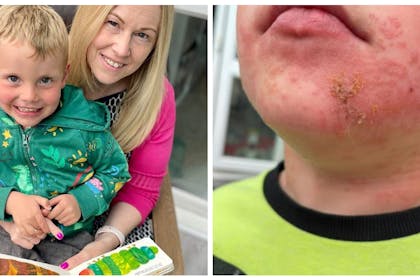
Her four-year-old son was left with a painful rash and experts are urging people to keep well away…
This page contains affiliate links, which means we may earn a small amount of money if a reader clicks through and makes a purchase. All our articles and reviews are written independently by the Netmums editorial team.
A mum has warned others to be vigilant after her young son was left with an angry red rash after touching a common garden caterpillar.
Four-year old Oliver was playing outside at his family home in Steventon, when he decided to befriend one of the hairy black caterpillars that live in the garden.
The youngster loves The Very Hungry Caterpillar book, and was thrilled to spot one on a tree, taking it down and even building it its own home.
But things took a turn for the worse.
Mum Caroline Gel, 43, said:
‘He must have wiped his face with his hands and within about half an hour he said his mouth was really stinging and he came up with a small rash around his mouth. We put some ice on it and just assumed it was an allergic reaction from the garden.’
But the next day, Oliver's body was covered in a red rash and hives.
Mum-of-three Caroline, who works at the University of Oxford, took Oliver to their doctor, who couldn’t work out the cause, but prescribed the nature-lover antihistamines to help with the inflammation.
Caroline then googled the caterpillar Oliver was playing with the previous evening and discovered it was a brown tail moth caterpillar.
They are native to the UK, but touching the hairs can result in people suffering agonising blisters, skin burns and asthma-like issues that can last for up to five years.
‘We didn’t realise these fairly normal looking caterpillars would cause such a horrible reaction,’ Caroline said. To help make others aware, she shared pictures of the caterpillars and Oliver’s rash on social media.
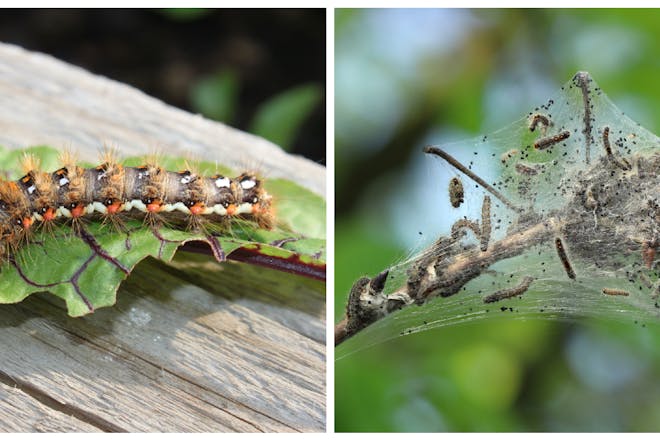
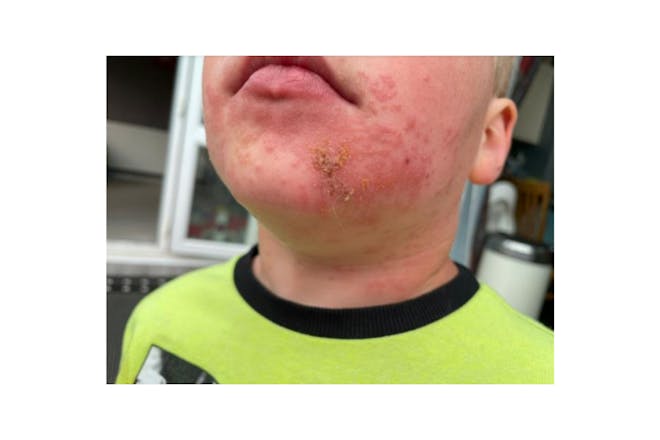
‘His whole face was swollen, his mouth, his lips, and it can apparently stay that way for two or three weeks,’ she said.
Luckily for Oliver, he’s a quick healer…
‘He’s a lot better now,’ Caroline said.
Sharing a snap with Netmums, Oliver is seen sitting on Caroline’s knee a week after the incident, reading the Hungry Caterpillar book with a big grin on his face.
‘My husband took it. I wanted to send a photo to my dad to show Oliver’s face was a lot better (and to show he still loves the Hungry Caterpillar book 😂’, she told us.
‘I’ve always been keen for him not to be afraid of insects as some other children are, so always encouraged him to be curious. Now I just need to ensure he is still curious but doesn’t touch!’
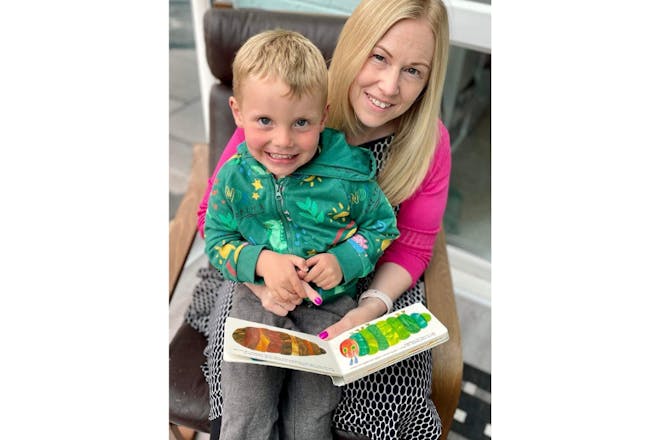
Recently, sightings of the brown tail moth caterpillars have increased, with people reporting seeing them in the countryside, beaches, parks and gardens.
The adult moths weave spider-like webs that help the caterpillars grow inside, and are often seen on hedgerow trees such as blackthorn and hawthorn and scrubby plants, for example, bramble. They can also be found on ash, cherry, willow and privet trees.
Residents near Jaywalk Sands, a popular Essex holiday beach, have said that the bugs have been hatching around the beach and crawling over public footpaths getting into the gardens of houses. Dog owners have also been warned to be vigilant, as the caterpillars’ toxins contain a poison deadly to dogs.
Tendring District Council, which takes care of Jaywick Sands, said they would treat any areas an infestation is found if the land is council-owned.
A spokesperson said: ‘The caterpillars live in groups and you may see the communal 'tents' which they use for shelter from bad weather. These clumps of cobweb-like material will release irritant hairs when disturbed.’
The caterpillars are a food source for increasingly-rare cuckoos, and so wildlife experts are pleading with people to leave the nests alone if they are not causing a problem, but to report them to the council if there is an issue.
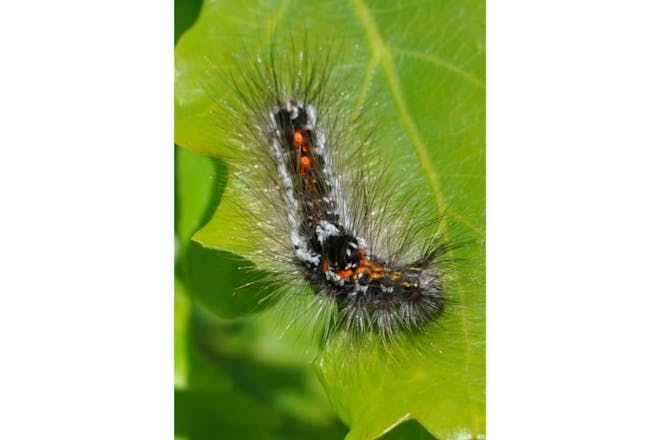
In light of the outbreak, the NHS has the following advice to remove caterpillar hairs:
- Use tweezers or a pen to remove it.
- Try not to disturb it (for example, by brushing it with your hands) as it will then release more hairs.
- Rinse your skin with running water, allow it to air dry and then use sticky tape to strip off any leftover hairs.
- Use calamine, ice packs or a pharmacy remedy containing 3.5% ammonia to relieve the itch.
- Remove all contaminated clothes and wash at as a high a temperature as the fabric allows.
- Do not towel yourself dry after rinsing or use creams containing antihistamine.
Related stories
How to treat insect bites and stings in children
CHAT to our experts about your baby and child health issues
Asthma in children: everything you need to know

